The ICA delves into the unique approach of Forensic Architecture
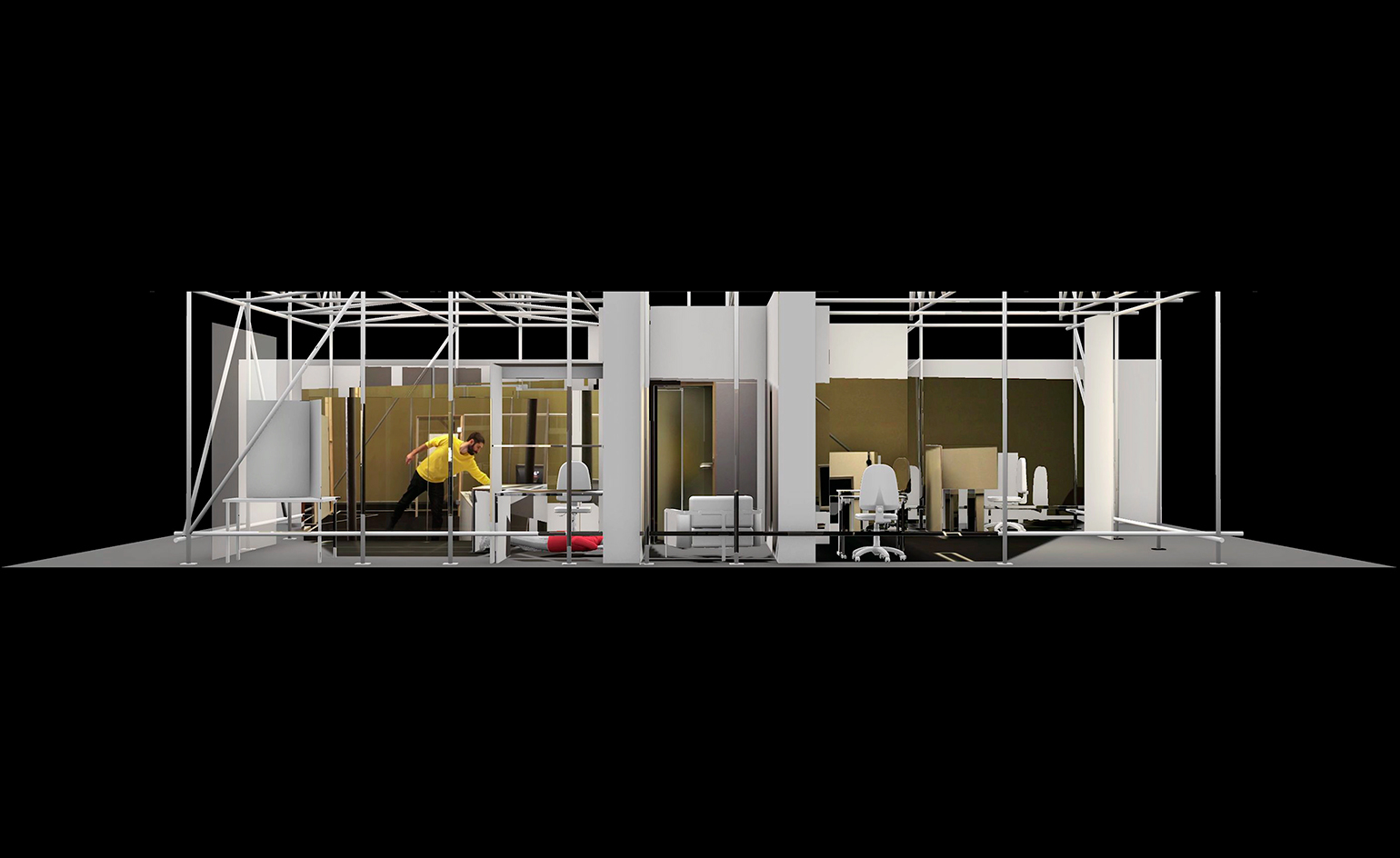
Buildings, contrary to usual logic, are not static and stable. They soak in the conditions which surround and move through them and flex, warp and deteriorate in response. They capture the traces of our movements and the lives we live in them; we wear the veneer off the floor where we usually walk through the house, and when we miss the lock with our keys it dents the paintwork. But could they also record a murder? Could examining a building after an event, just like a criminal pathologist examines a body to reconstruct the events of its demise, yield clues to a culprit? Can we interrogate a building like we do a person? Forensic Architecture proposes that we can, and a new exhibition at the ICA in London explains how.
Forensic Architecture’s practice runs counter to how architects normally operate; instead of constructing or visualising new spaces, they archeologically reconstruct the ghosts of buildings and scenarios which have often been destroyed or cleaned away after conflict or violence. This visual and spatial evidence of usually isolated events — such as a murder in an Internet café— then implodes outwards to uncover the corrupt machinations of entire states. Finally, this testimony of space is then brought to bear upon consequent legal proceedings in court. But for Forensic Architecture it is not just the physical and inanimate which is put on trial, but also things as immaterial as experience, perception and the fluid spatial constructions between people.
‘Counter Investigations: Forensic Architecture’ is a survey of the independent research agency’s work, presented through a selection of old and new investigations. Displays include cases, such as ‘the racist murder of a man in Kassel, Germany by a member of a far-right group, and instances of deferred responsibility by state agencies that have contributed to the deaths of migrants at sea in the Mediterranean’, explains the studio.
Their work may, on first glance, look artistic, but they only hijack the vehicle of art for its capacity to question the status quo and its ability to democratically engage with a wide audience. The work on display in this show is not art, architecture or infographics: it is evidence.
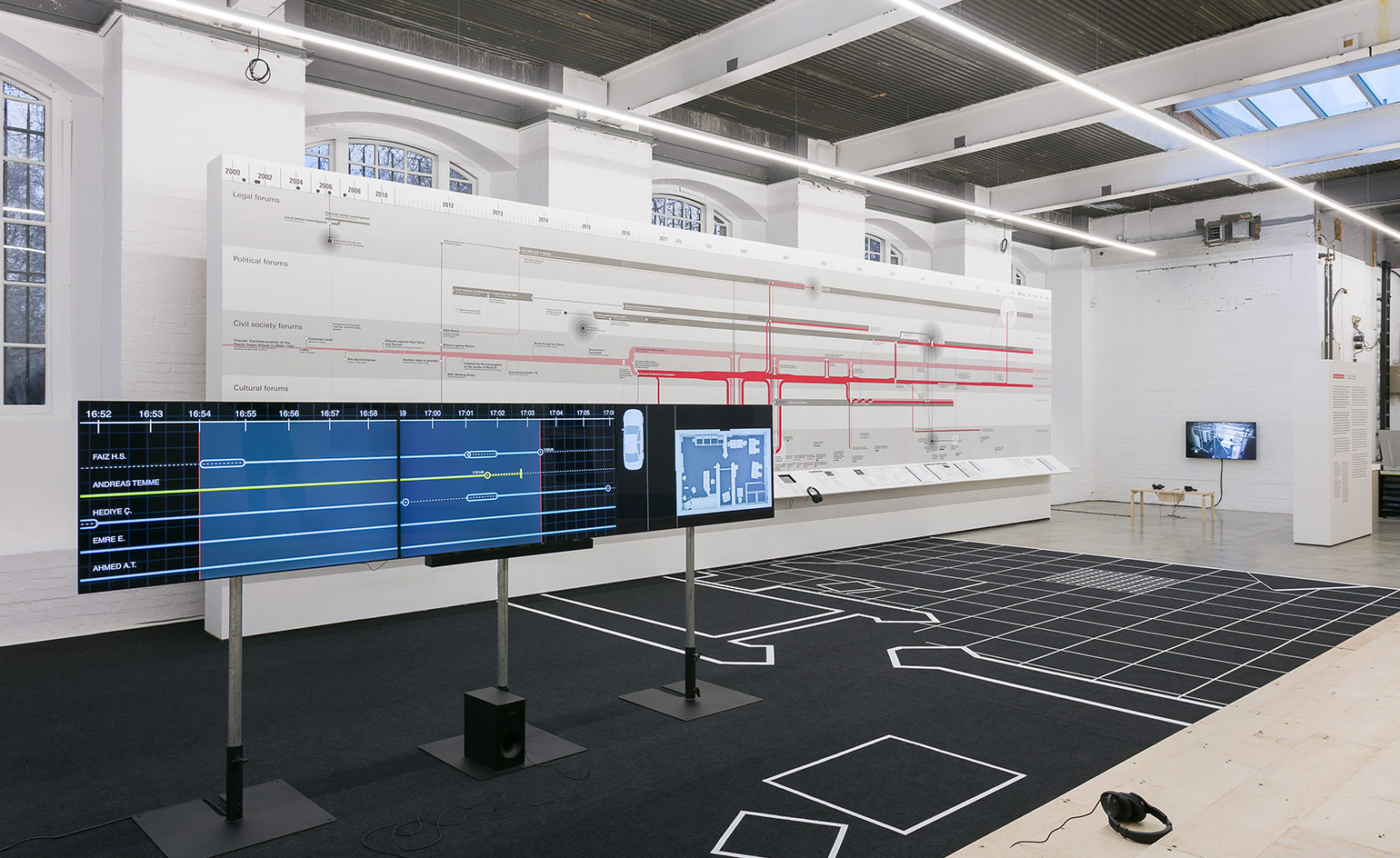
Installation design of the Forensic Architecture exhibition at the ICA in London.
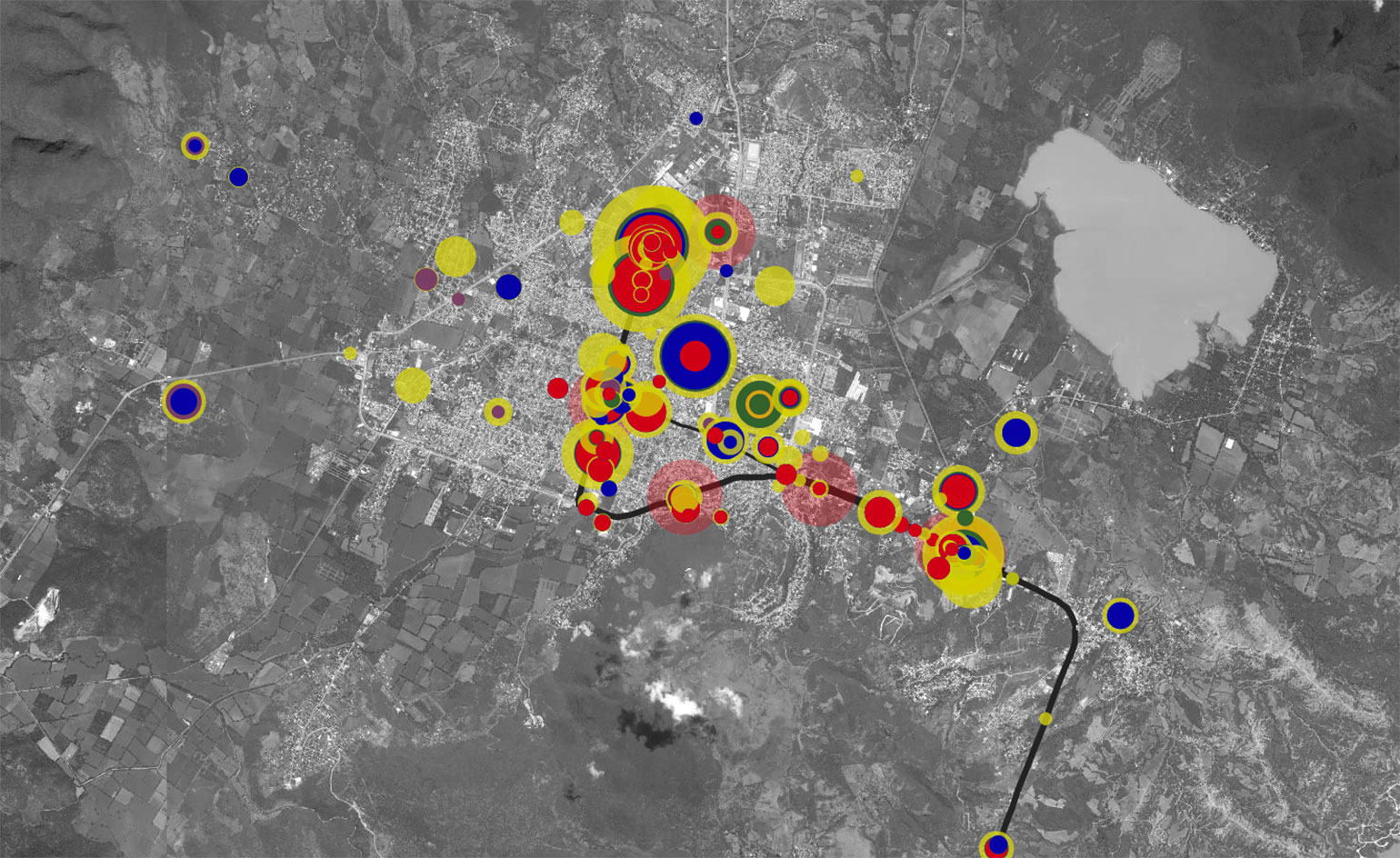
The Ayotzinapa online platform explores the events surrounding the disappearance of 43 students in the town of Iguala, Mexico, in 2014.
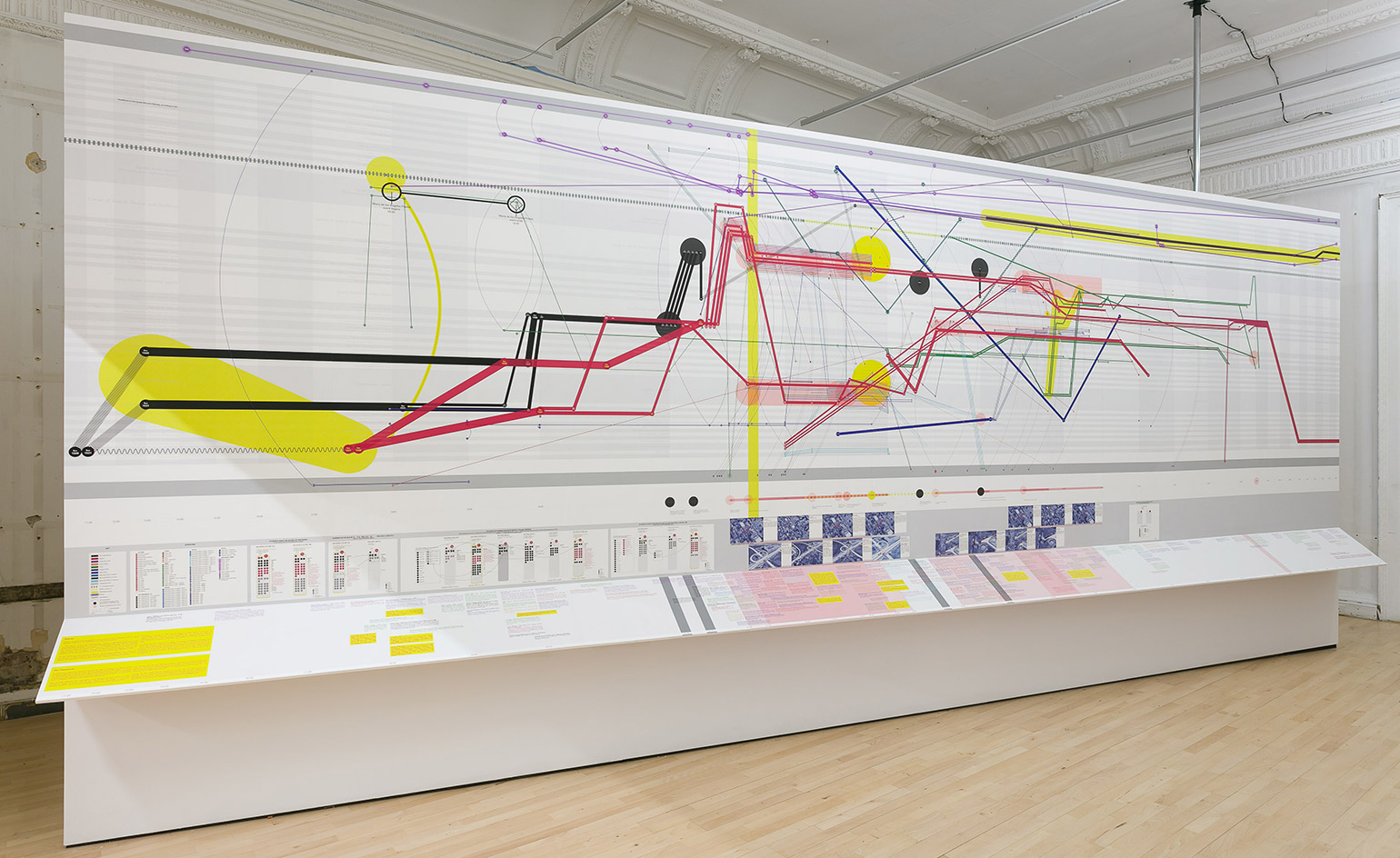
Installation of the Forensic Architecture exhibition at the ICA in London

The Ayotzinapa online platform explores the events surrounding the disappearance of 43 students in the town of Iguala, Mexico, in 2014.
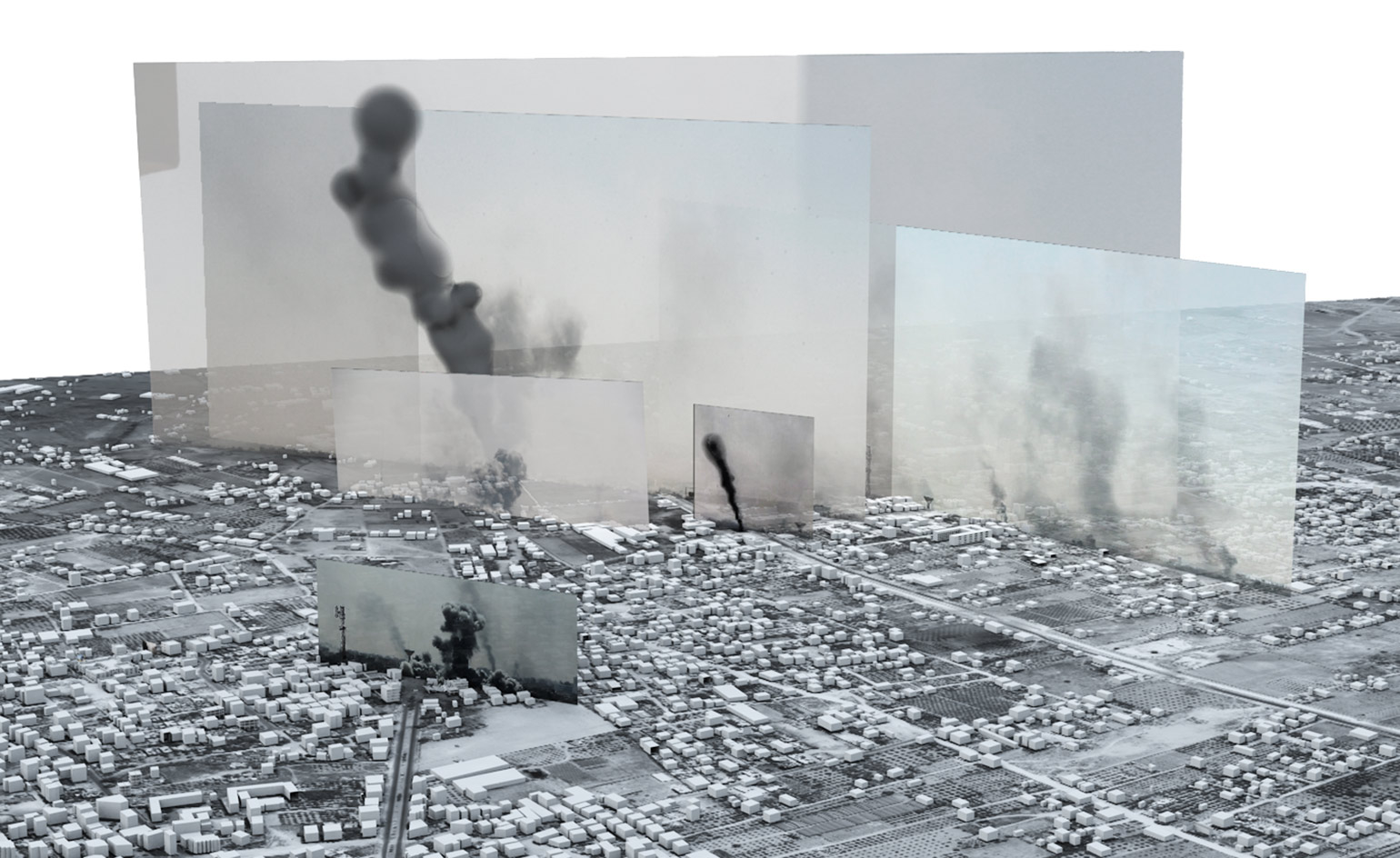
Model of Rafah, Gaza combining images and videos of bombing on 1 August, 2014.
INFORMATION
’Counter Investigations: Forensic Architecture’ is on show at the ICA in London until 6th May 2018. For more information visit the ICA website
ADDRESS
ICA
The Mall
London
SW1Y 5AH
Receive our daily digest of inspiration, escapism and design stories from around the world direct to your inbox.
-
 This cult Los Angeles pop-up restaurant now has a permanent address
This cult Los Angeles pop-up restaurant now has a permanent addressChef Brian Baik’s Corridor 109 makes its permanent debut in Melrose Hill. No surprise, it's now one of the hardest tables in town to book
-
 French bistro restaurant Maset channels the ease of the Mediterranean in London
French bistro restaurant Maset channels the ease of the Mediterranean in LondonThis Marylebone restaurant is shaped by the coastal flavours, materials and rhythms of southern France
-
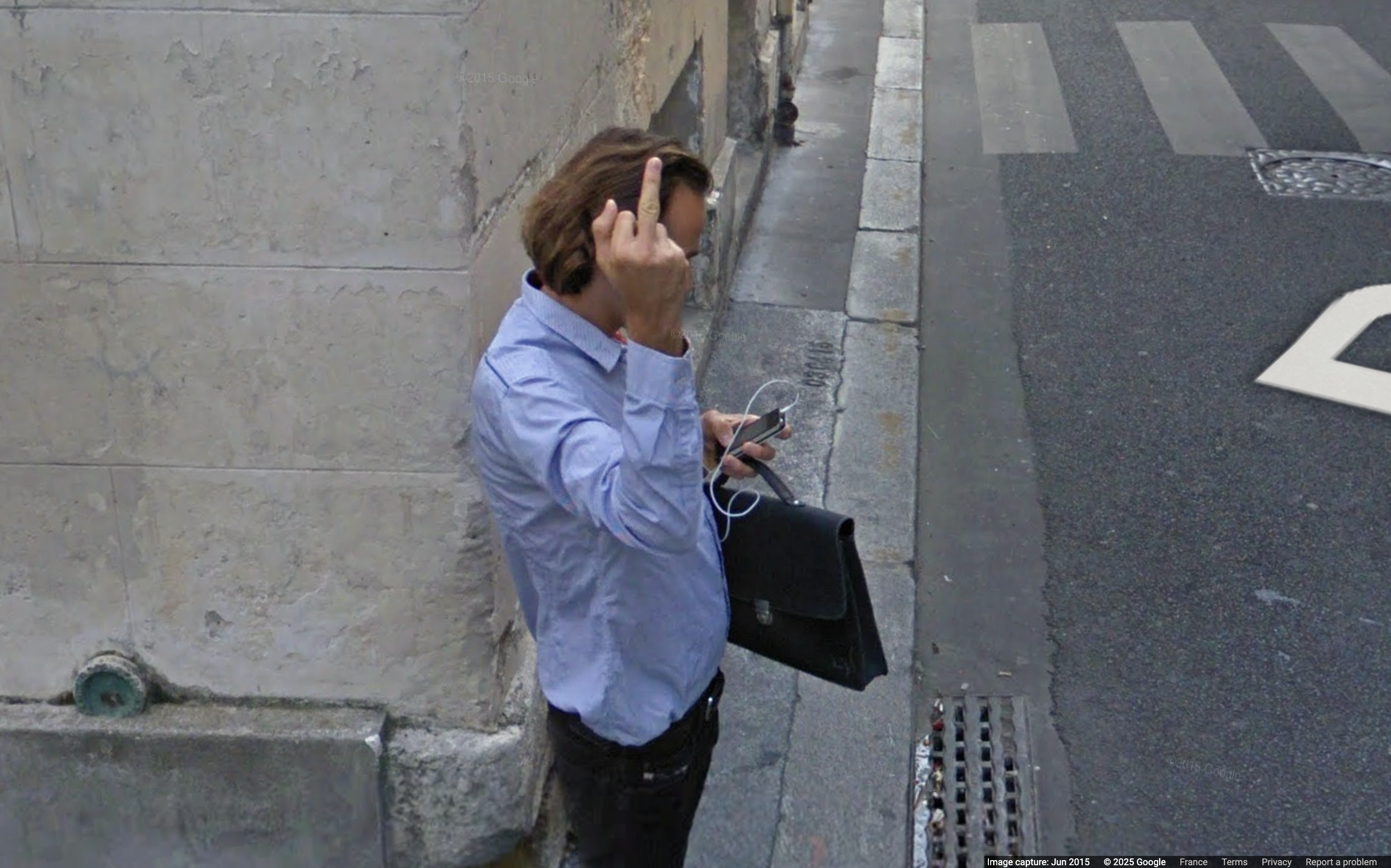 How ethical is Google Street View, asks Jon Rafman in Copenhagen
How ethical is Google Street View, asks Jon Rafman in CopenhagenIn 'Report a Concern - the Nine Eyes Archives' at Louisiana Museum of Art, Copenhagen, Jon Rafman considers technology's existential implications
-
 A former agricultural building is transformed into a minimal rural home by Bindloss Dawes
A former agricultural building is transformed into a minimal rural home by Bindloss DawesZero-carbon design meets adaptive re-use in the Tractor Shed, a stripped-back house in a country village by Somerset architects Bindloss Dawes
-
 RIBA House of the Year 2025 is a ‘rare mixture of sensitivity and boldness’
RIBA House of the Year 2025 is a ‘rare mixture of sensitivity and boldness’Topping the list of seven shortlisted homes, Izat Arundell’s Hebridean self-build – named Caochan na Creige – is announced as the RIBA House of the Year 2025
-
 In addition to brutalist buildings, Alison Smithson designed some of the most creative Christmas cards we've seen
In addition to brutalist buildings, Alison Smithson designed some of the most creative Christmas cards we've seenThe architect’s collection of season’s greetings is on show at the Roca London Gallery, just in time for the holidays
-
 In South Wales, a remote coastal farmhouse flaunts its modern revamp, primed for hosting
In South Wales, a remote coastal farmhouse flaunts its modern revamp, primed for hostingA farmhouse perched on the Gower Peninsula, Delfyd Farm reveals its ground-floor refresh by architecture studio Rural Office, which created a cosy home with breathtaking views
-
 A revived public space in Aberdeen is named Scotland’s building of the year
A revived public space in Aberdeen is named Scotland’s building of the yearAberdeen's Union Terrace Gardens by Stallan-Brand Architecture + Design and LDA Design wins the 2025 Andrew Doolan Best Building in Scotland Award
-
 The Architecture Edit: Wallpaper’s houses of the month
The Architecture Edit: Wallpaper’s houses of the monthFrom wineries-turned-music studios to fire-resistant holiday homes, these are the properties that have most impressed the Wallpaper* editors this month
-
 A refreshed 1950s apartment in East London allows for moments of discovery
A refreshed 1950s apartment in East London allows for moments of discoveryWith this 1950s apartment redesign, London-based architects Studio Naama wanted to create a residence which reflects the fun and individual nature of the clients
-
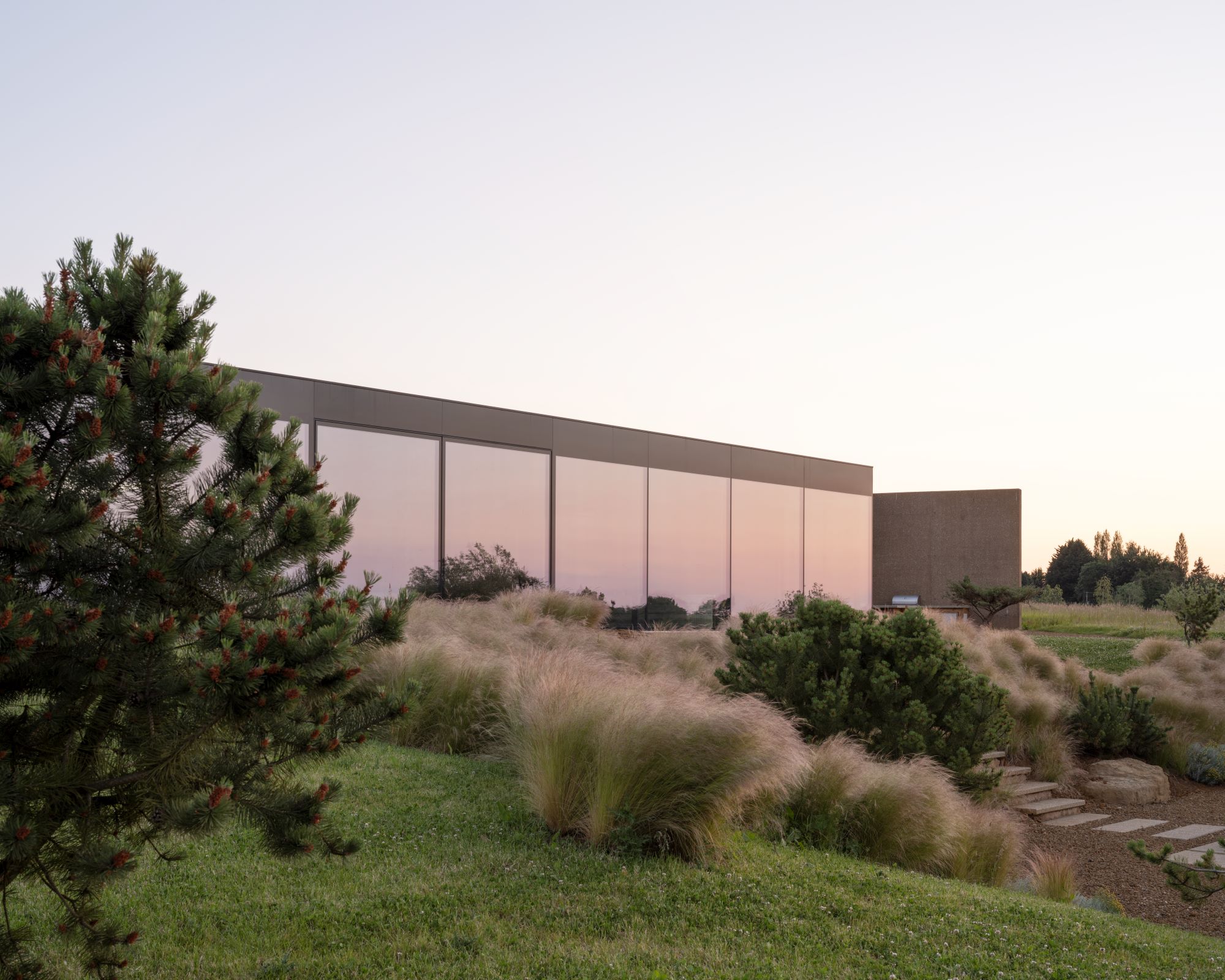 In this Cotswolds home, drama meets minimalism
In this Cotswolds home, drama meets minimalismCotswolds home Hiaven house, with interiors designed by McLaren Excell, is a perfect blend of contemporary chic and calm, countryside drama